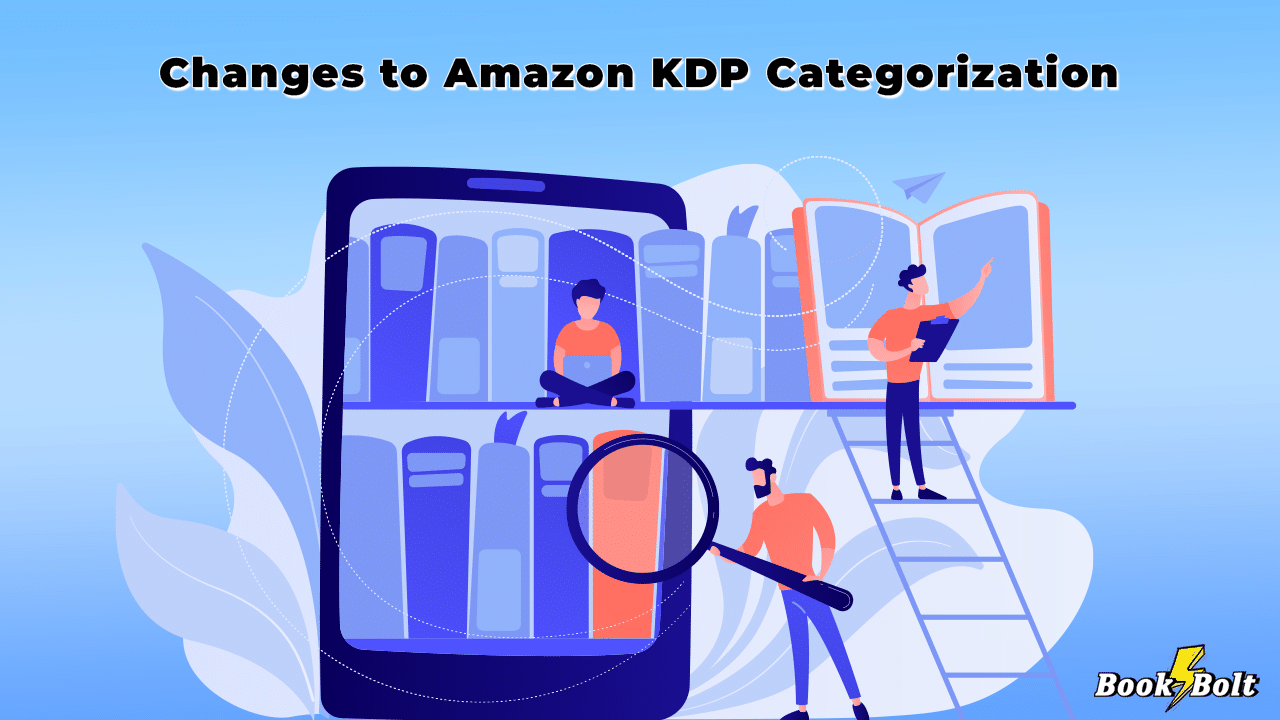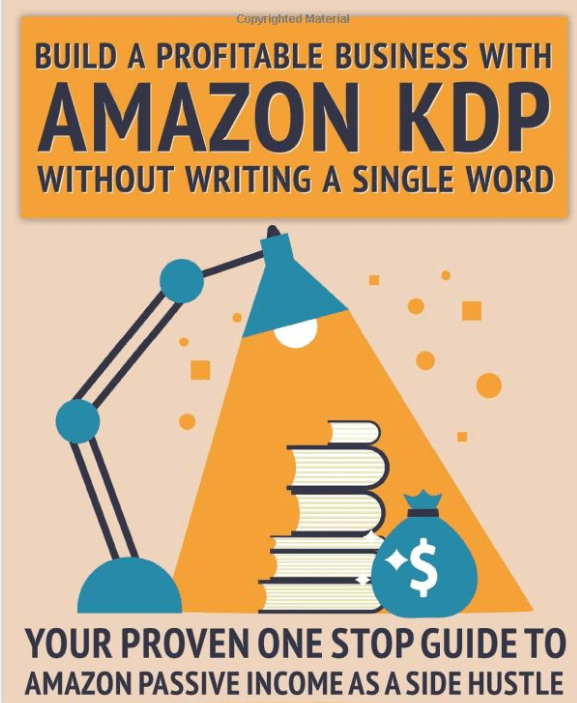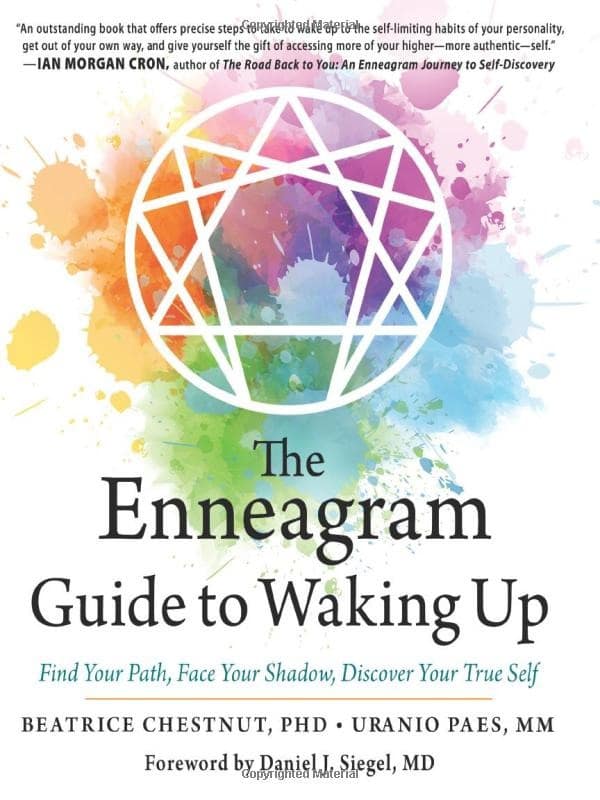
Ah, life. Just when things are starting to feel comfortable, something comes along and upends everything. And this is no different for us KDPers. Change is coming.
Why? Well, Amazon is successful for a number of reasons but mainly they are always looking how to streamline processes and maximize returns. Is this for any other reason than it somehow works out better for Amazon? Not at all. But you might start to see the benefit of the new system once you give it a chance.
UNDERSTAND THE FUTURE BY EXAMINING THE PAST
As we’re a part of this working environment, we have to be able to be flexible in times like this. So, what are the changes? To understand that, we should look at how we’ve been doing this all along. If you are brand-new to all of this, you can treat this as a crash course in how it WAS done before you learn the new way. At least then you’ll have some background on it.
Amazon used to have a system in place where you would pick two entries out of an overall list known as BISACS (Book Industry Standards and Communications System). KDP account holders were split into two groups according to this system. This method assisted in classifying books in a manner consistent with international norms. Amazon, however, did not use the BISAC classification system when deciding where to position products. Instead, they relied on the chosen BISACs and keywords to establish the book’s proper classifications.
This categorization system wasn’t always the best method as it was not just set up for KDP publications; it was a standard system for all the markets to use. This might not always allow a book creator to place what they were selling in an optimal category and the actual categories didn’t always match with what they assumed it would match with in the system. Then, Amazon took the entry and placed it into the categories it assumed would be the proper ones. However, this method did not always work well.
And what to do if it was wrong? In that case, authors and sellers could then request changes and they might get them or not.
But the way this system works today is that upon creation or updating of an item, the seller can choose the direct categories themselves to allow the item to be searchable in the listings they’d intended all along. It seems like how things should have been done from the start, but the specific controls Amazon wanted at the onset were too firmly in place.
MORE FLEXIBLE CATEGORY SELECTION
Users of Amazon’s KDP service received an announcement on May 30, 2023, informing them of a new book-related function. The revelation spread rapidly among users, heralding a significant shift in how KDP selects its categories. Browse paths consist of primary categories, secondary categories, and specialized groups, all of which are organized according to the sort of goods being sold. Finding the proper ebook or print book category might be difficult, as there are tens of thousands to choose from. With the new approach, writers can select their own categories however they choose. Based on their major market, KDP now lets authors select three Amazon store categories per book. They can still review and make you change them, but in general the author or the seller is making the decisions.
LESS CUSTOMIZATION = BETTER PLACEMENT
Unfortunately, authors are no longer able to suggest new categories or edit existing ones. The new system stresses the value of picking categories that are better fit to the book itself. If you pick too many categories on KDP, the book may become less relevant and less discoverable. But how should people navigate this new system?
For starters, it is essential to choose appropriate categories that fairly portray the book’s subject matter. Be honest in this step, and they do review things from time to time. You should avoid blending fictional and nonfictional works together.
The discoverability of a book is enhanced by having fewer categories that are more directly related to its contents, so pay attention to specific types. The book’s chances of doing well on the Amazon marketplace improve with more specific category and subcategory choices.
The keywords chosen should be appropriate for the selected groups. KDP suggests waiting for the system to classify the book properly before promoting it. Sales rankings and algorithmic relevancy could be affected by often shifting categories. And remember that this is not just for new entries; you can use this new system to update existing entries that you feel might not be in the proper place categorically.
To make modifications to a specific book, click on its “Edit Book Details” link, and make sure you have the right primary market. Navigate to the “Categories” section and click “Edit Categories.” Pick the right main category, subcategory, and location. Once you are happy with how the entry now looks, click “Save and Publish.” And from there, in a short time, you should be up and running with the new classifications.
Amazon’s algorithms analyze a customer’s browsing and purchasing data to personalize the shopping experience. Within these systems, the perceived worth of a product is its relevance. Each book should have between one and three categories to improve its discoverability. Remember that books published through KDP must adhere to their criteria, and KDP does not permit the use of any categories that are likely to mislead or manipulate readers.
To review: authors now have greater say over where their books appear on Amazon KDP thanks to the site’s improved category selection feature. They can increase their works’ discoverability and usefulness by choosing categories that appropriately reflect their content. Due to the frequent updates, though, sales rank and algorithmic relevancy may be affected. But overall, this does put more power into the hands of the seller and gives them a proper say in how they want their items marketed and searched for.
REMAIN CALM, ALL IS WELL
This really isn’t anything more but a re-working of the system. You can still do everything you did before but the procedure’s changed and become more direct. And this is just how systems work and always will. How many times has Facebook updated, and yet we’re still there. How many different cellphones have you had? They are all a bit different, but you quickly adapted. The same situation is with this. We move on, adapt to it, and do what we came here to do: sell our work and ideas on the biggest platform the world has ever known. We’ll see you out there!





Maria
I am still confused when picking a category for a notebook. I sued to pick dairies and journals for a lot of mine and I don’t even see that as an option anymore.
admin
You will need to find a category on the niche of your journal/notebook. Is your journal related to animals? Is it related to some type of adult theme?